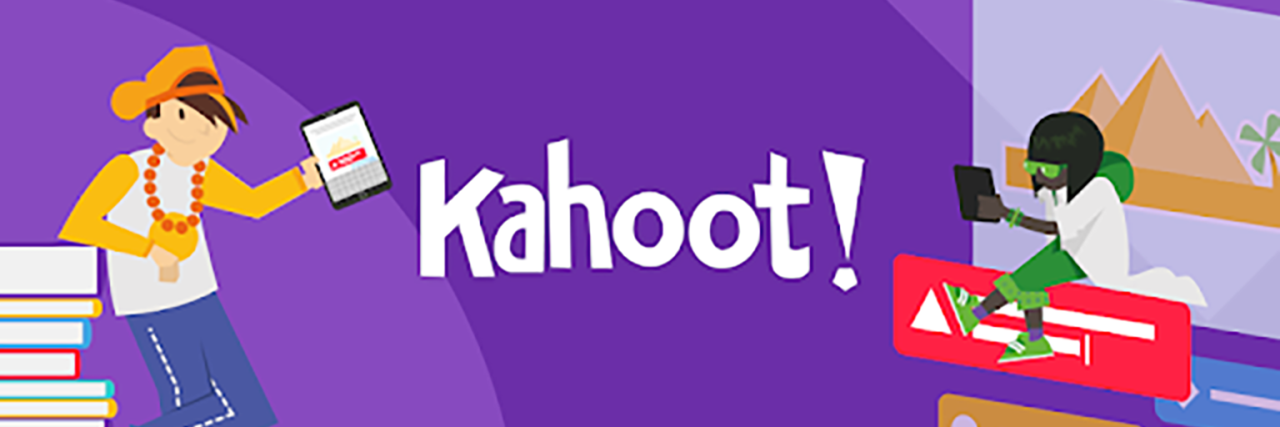Technology in the classroom is supposed to be a fun way to engage students in learning through competition. But what if not every student could participate because of the technology? This happened to me in my senior year of college, while in one of my classes for future special education teachers. As usual, I was the only student there who was legally blind. I walked into class one day to find out that we were going to play a test review game using our cell phones. The game was called Kahoot, and I would soon learn it was being used in classrooms everywhere.
Kahoot is a learning resource where teachers create questions and answers on a particular subject, and the students participate in the timed game to guess the most correct answers in the shortest amount of time. Names and rankings are released after each round. It sounded fun, but as soon as the first round started I found I could not read the answer choices, and some questions. You see, the teacher uses their computer to start the round and students enter a PIN to be able to enter the competition on their phones or iPads, depending what the teacher allows them to use. The questions and answers are only listed from the teacher’s screen, while the corresponding colors for answer choices display on students’ devices. The colors change for each round, however, so even memorizing the color placement would not work. Even if the computers were connected to a projector, I can rarely read the words because I am so nearsighted.
That first day in the classroom, I mentioned to a couple of friends at my table that I could not see it, and my professor heard. She was so embarrassed. I respected the professor because of the way she had helped me throughout the semester, and was not upset with her by any means. I hate being singled out, however. She asked if I sat at her desk and read from her computer if I would be able to read it, and at the time I was struggling to prove to my fellow classmates that I was as good of a teacher as they were, and I was embarrassed because I was singled out. I told my professor sitting at her computer would not help, and she let me go home that day. I could have swallowed my pride and done it, because as long as I had my face close to the computer, I would be able to read it.
I gave into my pride, and I know my professor felt terrible about it. She did not realize the game was not accessible for me. Why wouldn’t it be? The company has been around since March of 2013 and is used around the world, so I was surprised. I may have been the only student in my college class who was visually impaired to that extent, but I know there are tons of other students in the world who would love to play this game, but cannot.
If you have any experience with people who are visually impaired, you would know that having multiple people share a computer, menu, or anything that requires reading is near impossible. Can you imagine a whole VI (visually impaired) classroom pushing and shoving their faces close to a computer to read it and play Kahoot, not to mention while it is timed? The other question is, couldn’t teachers read the questions and answers aloud to give us the choices? Some of us, ironically, are visual learners, so hearing the choices is not good enough. We need to hear them and then see them to make sure we reveal the choices we were told. And why should teachers and students have to go out of their way just to participate in a class activity?
Here’s a solution, Kahoot: display answer choices on student devices so it is accessible for all. If there are too many words for the little screens, we have built in accessible features like zoom text or voiceover, so we can still play on our devices. I am calling the company out five years after it was created to make it accessible for all of its users, because right now, they’re missing out on users that are already often overlooked in the general education setting. Please, help out your special education learners. As teachers, we are actually required to include technology in the classrooms, and Kahoot would be great to add to our list of usable tools in the special education classroom, or any class with users who are visually impaired.

